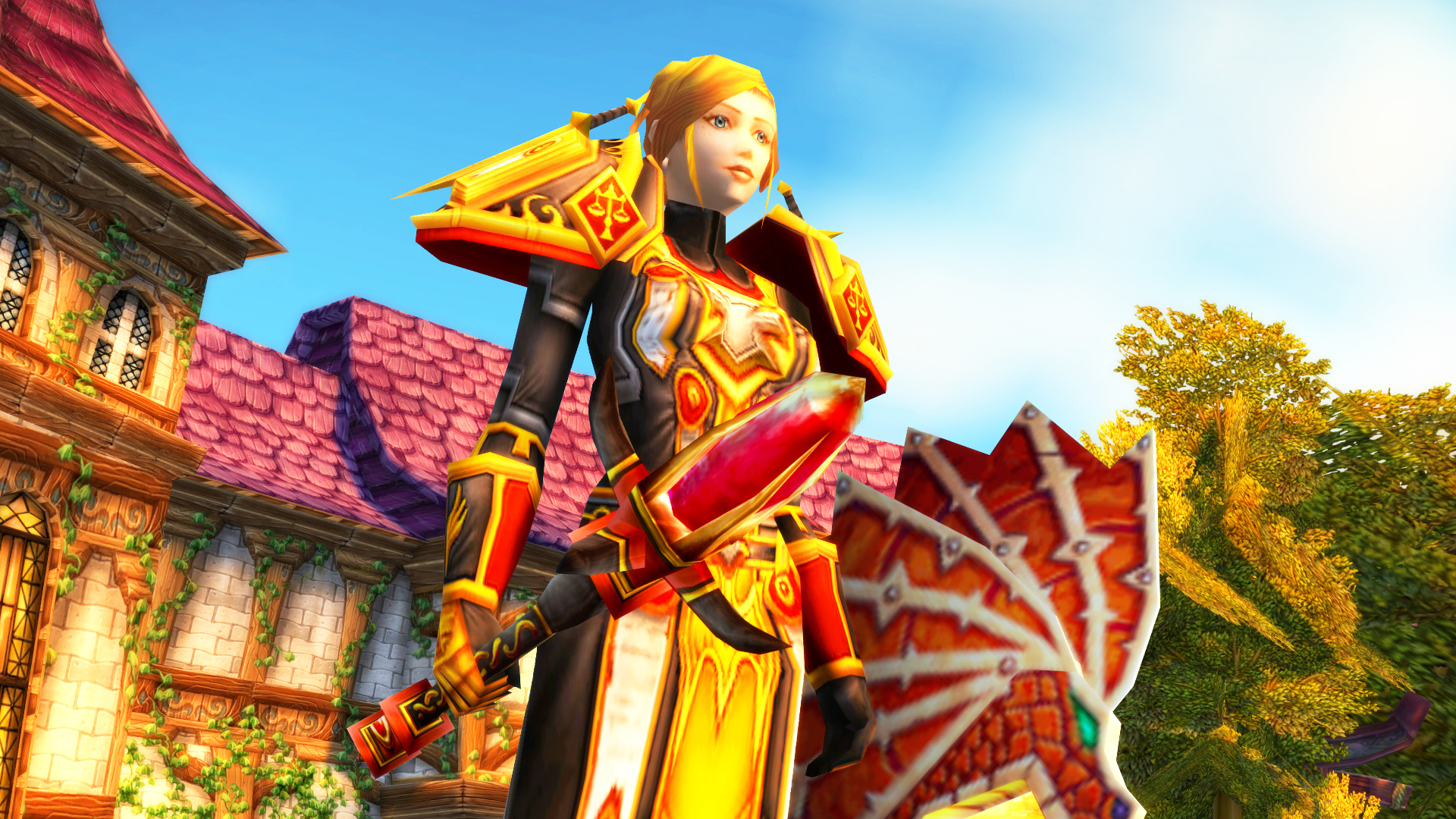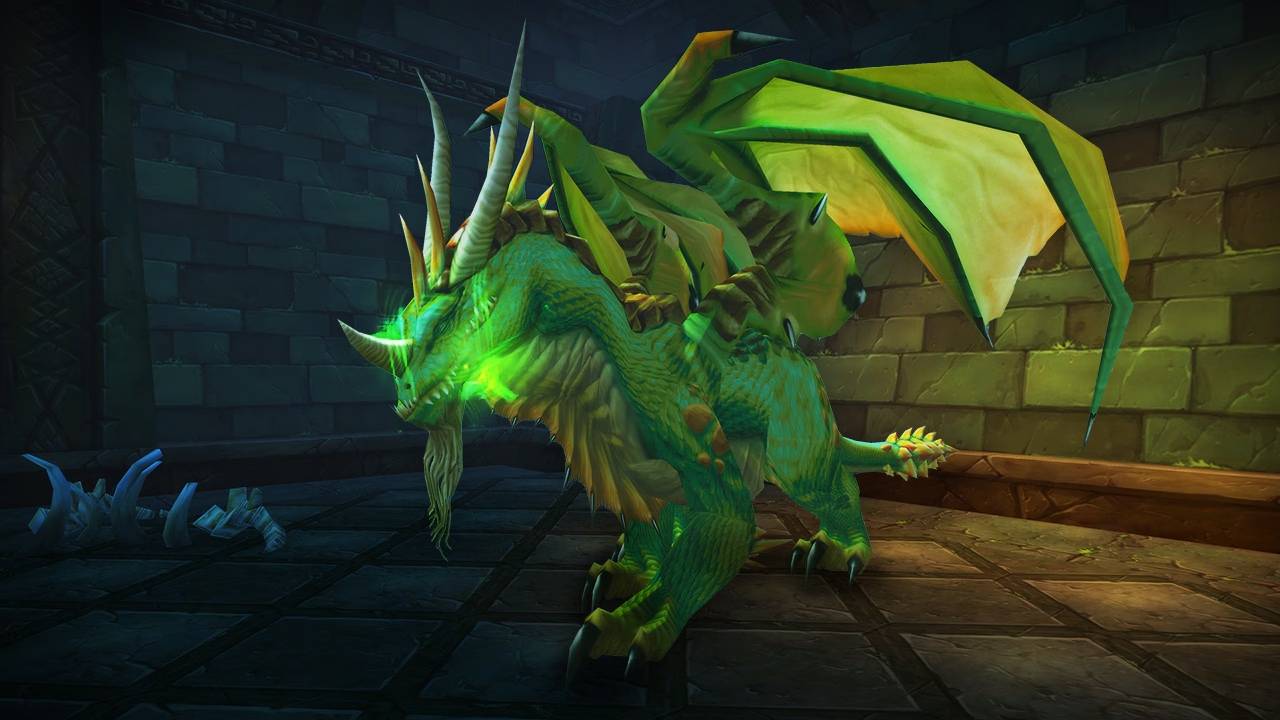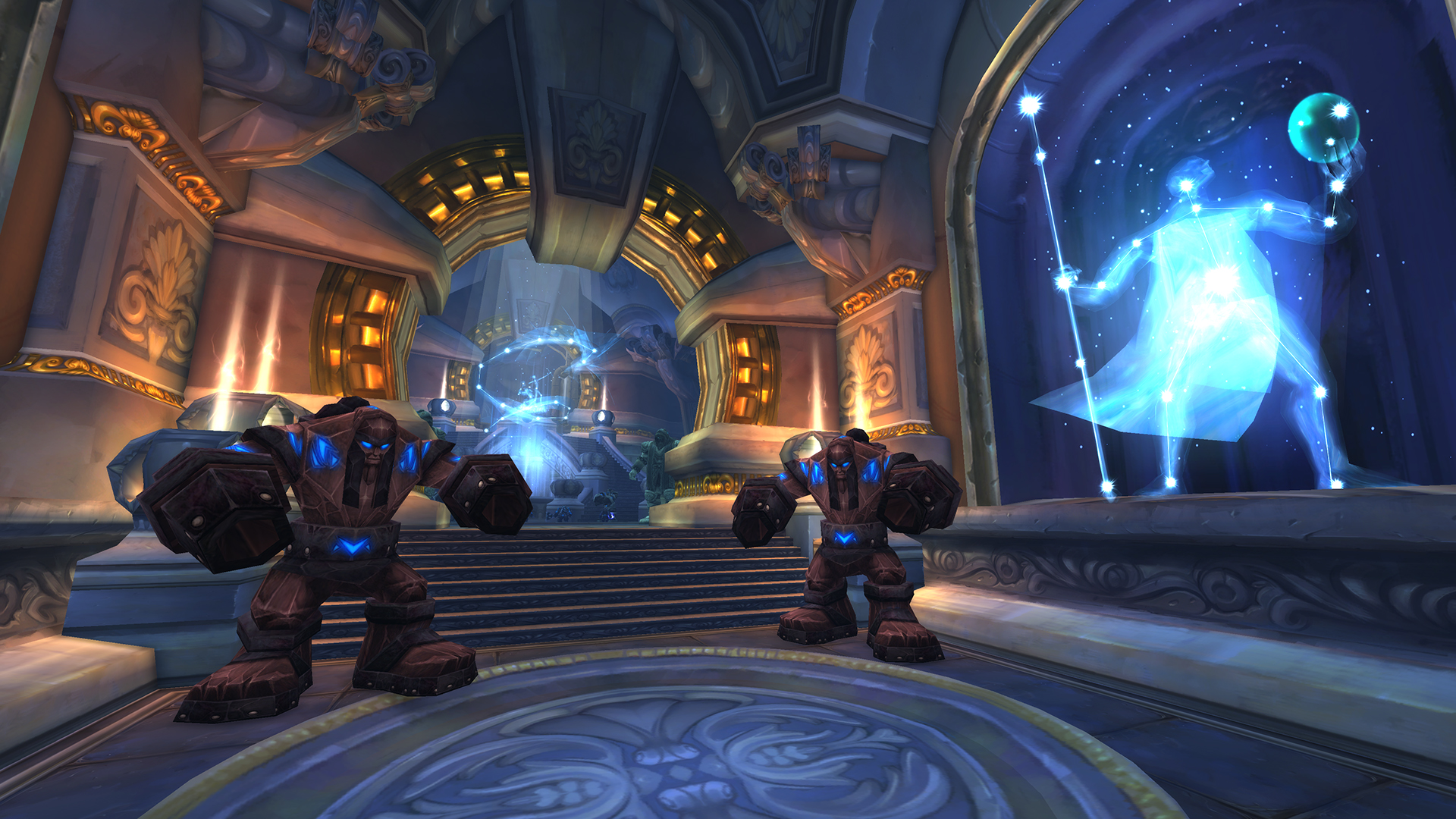How the WoW Classic team decides what to change in the 20-year-old game
Blizzard explains its approach to tweaking WoW Classic while "preserving the original feelings."

When World of Warcraft Classic debuted in 2019, the motto was "#nochanges": It was to be a pristine picture of the original leveling experience in the landmark MMORPG. It wasn't long, however, before #somechanges started sneaking in. A few things released out of order here, a few quality of life tweaks over there, and before long, Classic started to diverge from the original.
The most dramatic example of that is Season of Discovery, a Classic flavor that is anything but, including everything from brand-new PvP experiences and revamped dungeons to mages that can heal and shamans that can tank.
Even in the standard Classic experience, however, there are small changes that can make a big difference. I recently spoke with two WoW Classic developers about how changes are selected in the many flavors of Classic: Classic progression, now on the Wrath of the Lich King expansion; Classic Era, which sticks to the original 1-60 leveling experience; Classic Season of Discovery; and Classic Hardcore, the permadeath version.
"When you have such a broad audience of different players with different preferences, different perspectives, it's important for us to have almost like a menu of options for them to choose from," said Nora Valletta, lead software engineer. "We have a healthy amount of players who are solely focused on Classic Era, for example, and we have players that dabble in a bunch of different Classic versions, including some crossover from modern as well."
Serving all those different kinds of players requires different approaches. The Classic Era ethos doesn't lend itself to balancing factions for things like Blessing of Kings or Windfury, but Season of Discovery definitely does (and did). Season of Discovery in particular is actively teaching developers what works and what doesn't in the Classic universe, she said.
"It's showing us what does harmonize most effectively with WoW Classic, and what could use a little bit of adjustment," Valletta said.
The key is to make changes that enhance the feeling that you're playing the original WoW, said associate production director Clayton Stone.
Keep up to date with the most important stories and the best deals, as picked by the PC Gamer team.
"There's so much that is preserving the original feelings that players felt about their classes, and about what they were engaging with and how they were interacting with the world," he said. "We may make some quality of life changes where we feel we can help enhance the experience. But so much of it is nestled in wanting to bring back some of those memories of how you remember playing it, for a current audience and running on our modern code."

There's something about Classic that feels very social and in some ways highly encourages you to interact with other people to form groups or form parties to overcome challenges.
Clayton Stone
Even in Season of Discovery, the team is careful not to make things feel "not Classic"—when designing the runes that contain new spells and abilities, they want to be sure that they have the right flavor, Valletta said.
"We had these different archetypes in mind when designing the runes. If you're a rogue, maybe you're like a swashbuckler rogue as one archetype, for example," she said. "And so our approach has been very class-fantasy forward. So we're often thinking like, 'If I play this class or if I play this race, what have I been through historically? Where am I at in this moment in the Classic era's time? What's the additional flavor my class might add to that? What makes sense?'"
Stone said another big factor in Classic is the social dynamic between players, and developers avoid changes that would get in the way of that.
"There's something about Classic that feels very social and in some ways highly encourages you to interact with other people to form groups or form parties to overcome challenges," he said. "And I don't think that's something that we really want to walk away from."
It's one of the reasons the team was so careful when it came to introducing the Dungeon Finder to Classic progression servers, he said. "There was a very, very vocal, almost overwhelming vocal, portion of the community that had been saying since the beginning of Wrath Classic, 'Bring us Dungeon Finder.' This is a modern audience, this isn't 2008 anymore."
I think the decision to bring in Dungeon Finder in the way that we did just felt like the right thing to do at the right time, benefiting the most players.
Clayton Stone
And the team did bring it in with the final phase, at roughly the same point where it was originally introduced—but included modern accommodations as part of it. Players can use it to queue up for the more-difficult Titan Rune dungeons that were added to Wrath Classic, for example.
"There is something about looking back at these past expansions and highlighting all of the best elements of them, and then bringing a little bit of quality of life there for a current modern player base that's playing these games," Stone said. "Looking at it through that lens, I think the decision to bring in Dungeon Finder in the way that we did just felt like the right thing to do at the right time, benefiting the most players."
Dungeon Finder also affects the pacing of the game, another important factor in what changes the team decides to implement in Classic, Valletta said.
"Pacing is something that we pay a lot of attention to when considering the various versions of Classic," she said. "While some players really enjoy racing to level 60, others enjoy questing and smelling the roses, so to speak, along the way. So with Dungeon Finder being in that final phase of Wrath, the increase in pacing makes more sense and feels better with how the content is designed in Wrath and later expansions than it would, for example, in Classic Era."

These meta behaviors that came up weren't necessarily healthy for the social aspect of the game. And so we thought to ourselves, how can we make this more fair?
Nora Valletta
Sometimes quality of life is more important than slavishly following the original arc of the game, Valletta said. A good example is PvP: the technical back end for that system was changed and modernized for Classic.
"We looked at this system holistically," she said. "We were like, okay, it was previously identical to how it behaved back in the day, but we saw some things about it and some player behaviors around it that we don't want to have."
Full boosting groups, for example, didn't feel like behavior the team wanted to encourage.
"It almost became a popularity contest on the side," she said. "These meta behaviors that came up weren't necessarily healthy for the social aspect of the game. And so we thought to ourselves, how can we make this more fair? How can we make it more that someone can participate even if they have a full-time job, kids, stuff they want to do in their free time, and are not necessarily going to be able to go heads down and grind for three weeks straight?"
So, like with other aspects of the game, the team brainstormed design changes they felt would harmonize with Classic but also lead to more desirable results, she said, including eliminating rating "decay" when players aren't able to hop in game. It's a strategy the developers will carry forward into the future of WoW Classic.
Heather Newman has reported on games for more than 25 years, with an internationally syndicated column and stories in dozens of magazines. In World of Warcraft, her Mythic Plus dungeon team was No. 1 in all-star points in North America for a number of weeks for slightly cheesy reasons. She scored one measly point against Jonathan “Fatal1ty” Wendel in Unreal Tournament and was, exceedingly briefly, top 50 world in Halo.

